Opening: December 2019
This exhibition presents drawings, engravings and lithographs from the private collection of Dr. Reuven Hecht. Like the oil paintings in the Hecht collection, these works also date from the second half of the 19th and early 20th centuries, but unlike the paintings, they are not on permanent display in the museum's art wing. The reason is that paper is damaged when exposed to light, moisture and changes in temperature. Therefore, works on paper are kept in the museum's storeroom, which serves as a capsule that can control the harmful effects of time on the material.
The unique properties of paper make it a particularly sensitive substance. The small format of the works require close looking.
The delicate lines of the drawing suggest the movement of the artist's hand. Together, they create an intimate viewing experience reminiscent of reading a personal letter or a diary. The themes of the works, mainly portraits, also reflect an attempt to preserve the past and deflect the ravages of time. Behind the portraits are the life stories of the sitters, some of whom left a mark on history, others anonymous individuals whose identities time has managed to erase.
Facing the works from the Hecht collection is a video installation by contemporary artist Ram Samocha. A kind of self-portrait,
it enables seeing the works in the collection in a new light. Samocha’s installations relate to aspects of rhythm, movement and time missing from the drawings hanging on the museum’s walls. His works aim to reveal the process of the construction of the image and include the viewer in the acts that precede the creation of the final drawing. Samocha's own movements evoke the doubts, frustrations and passions associated with an artist's confrontation with the blank page that will become a work of art. The connection between the static nature of the Hecht collection and Samocha’s dynamic installation creates a dialog between past and present, the turbulent act of the artist and the silent work of art.


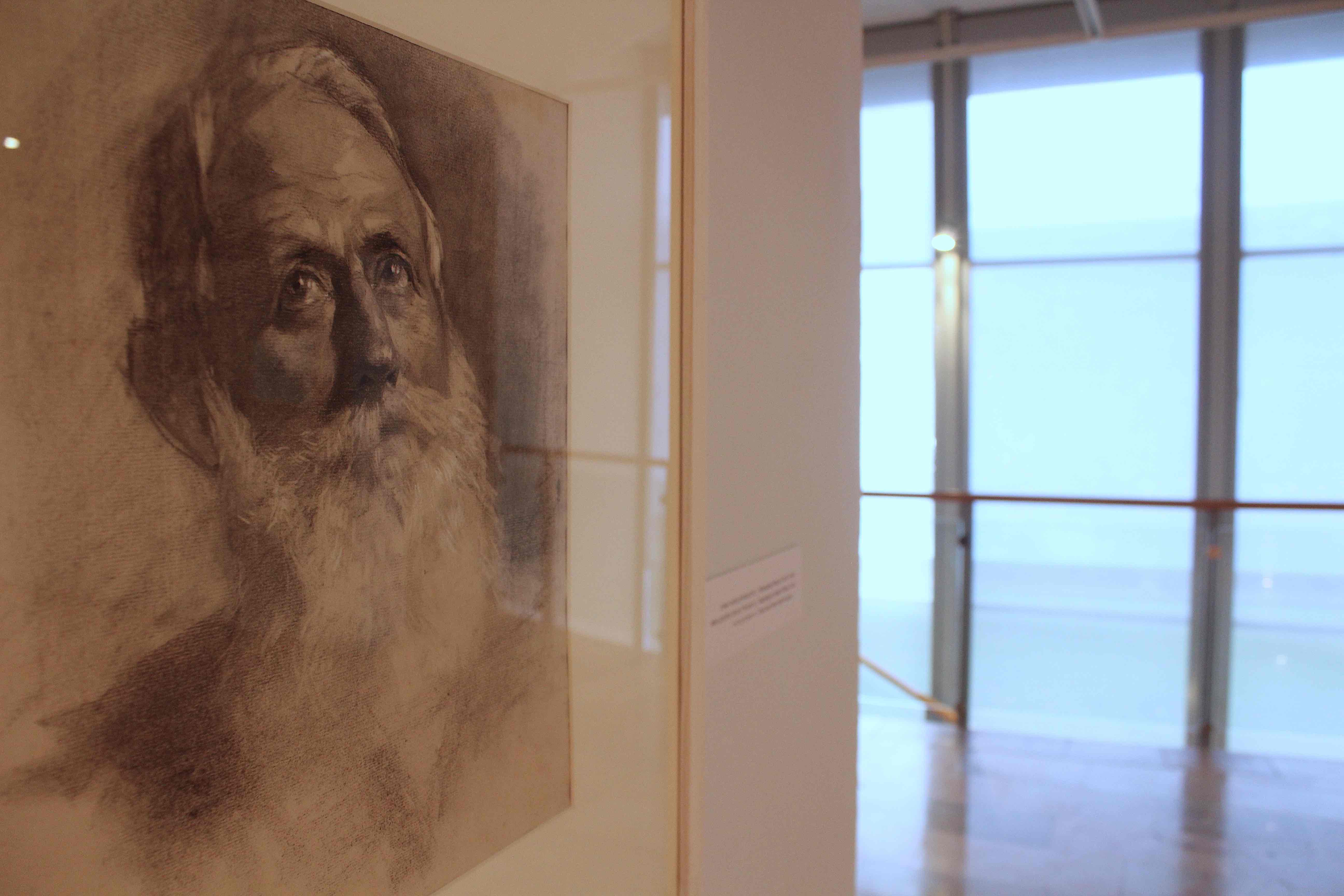
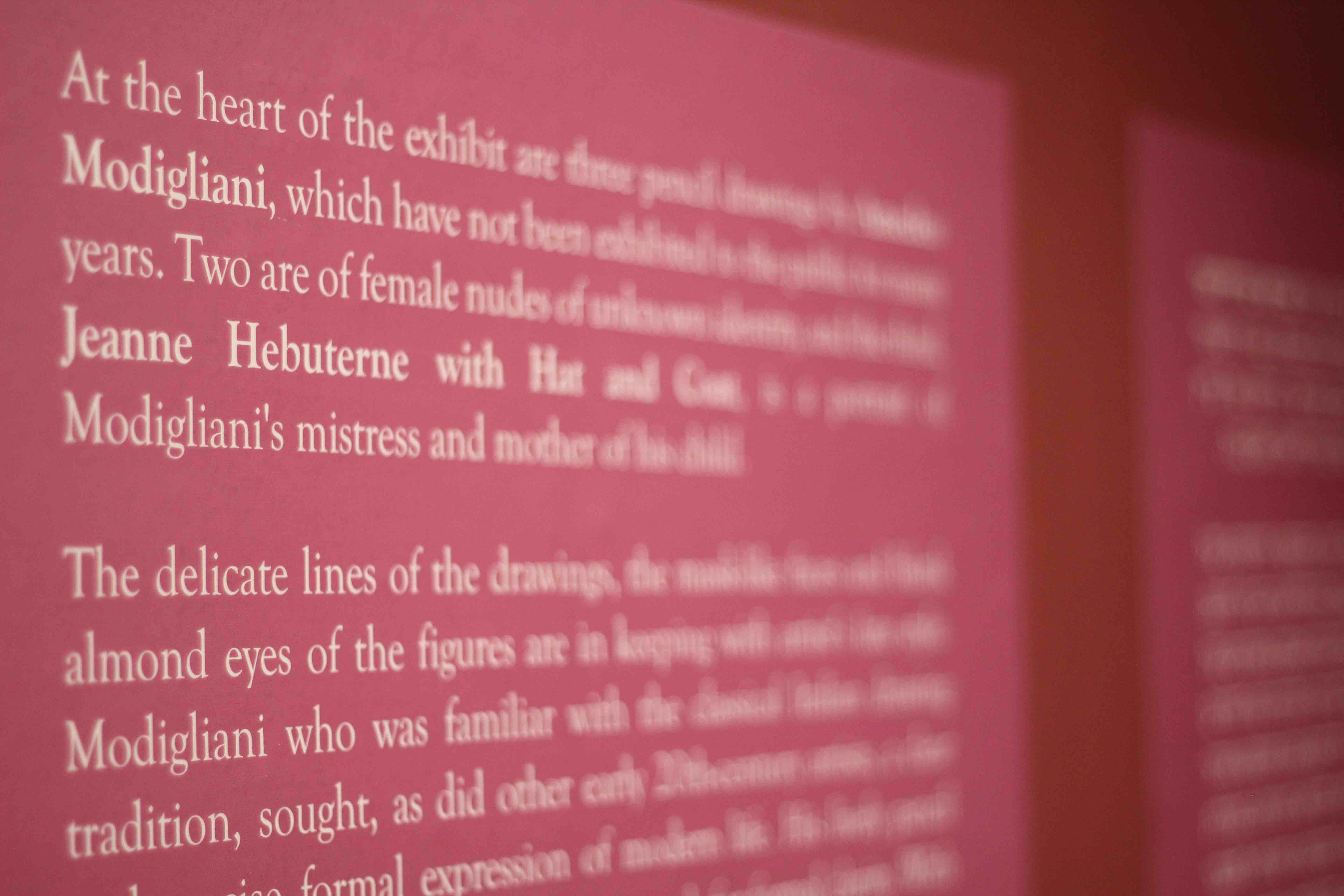



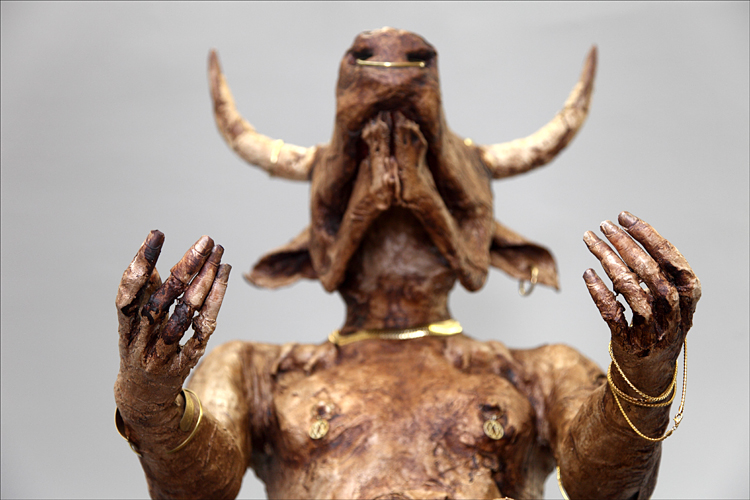

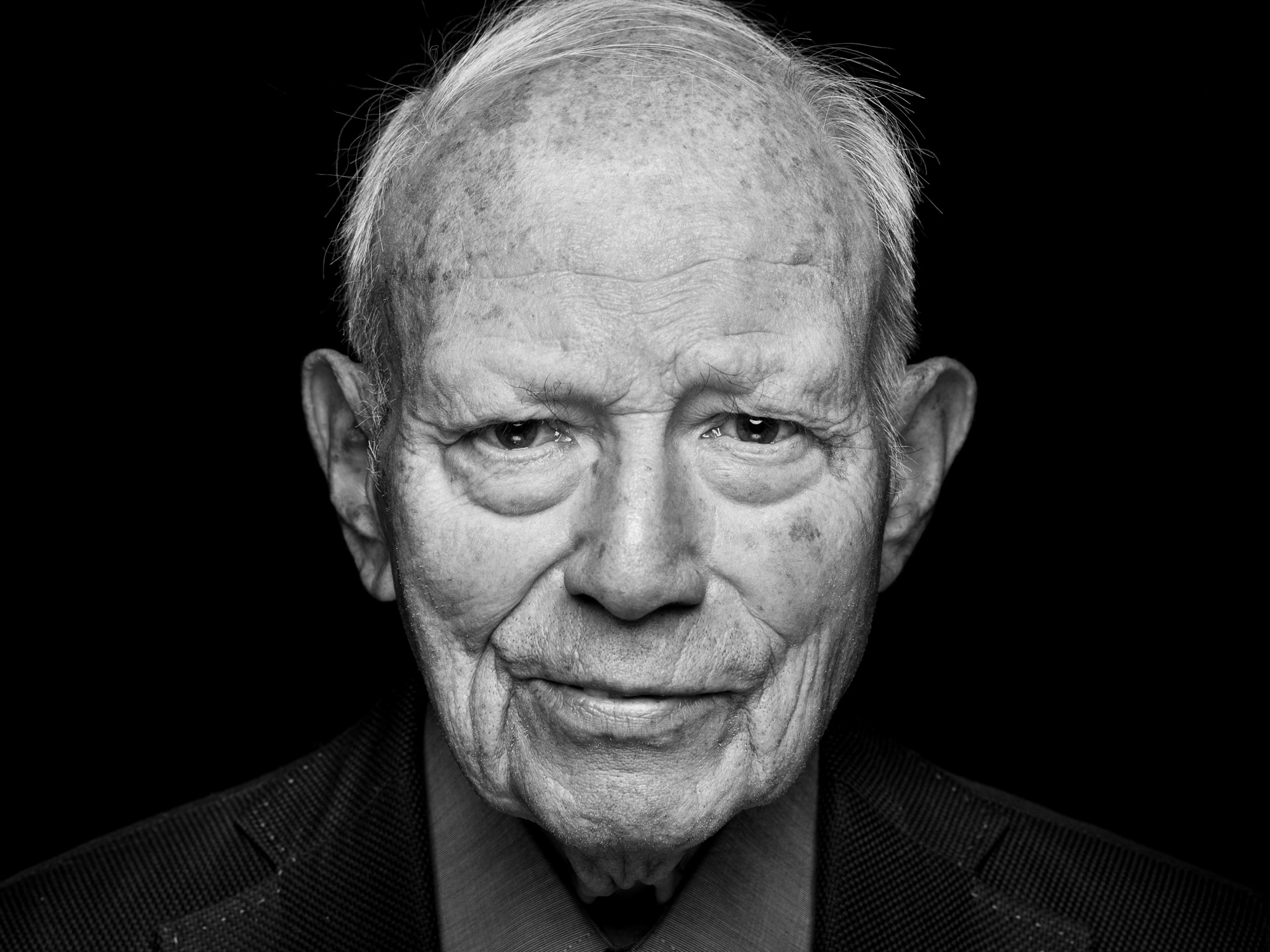
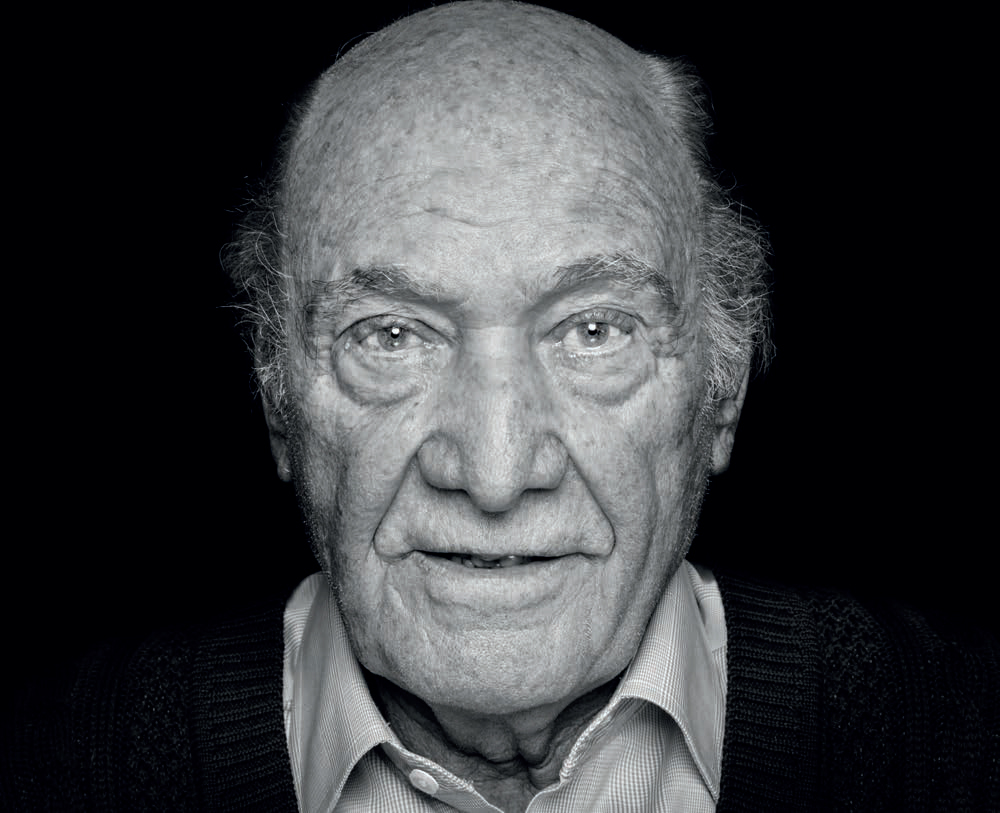
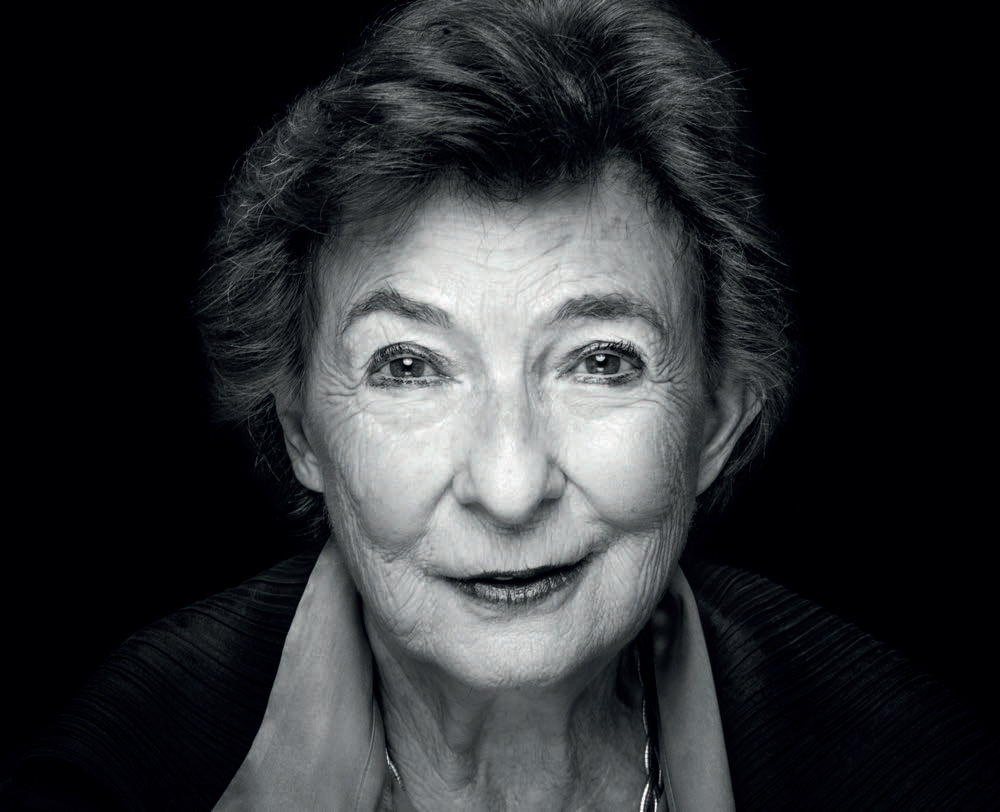
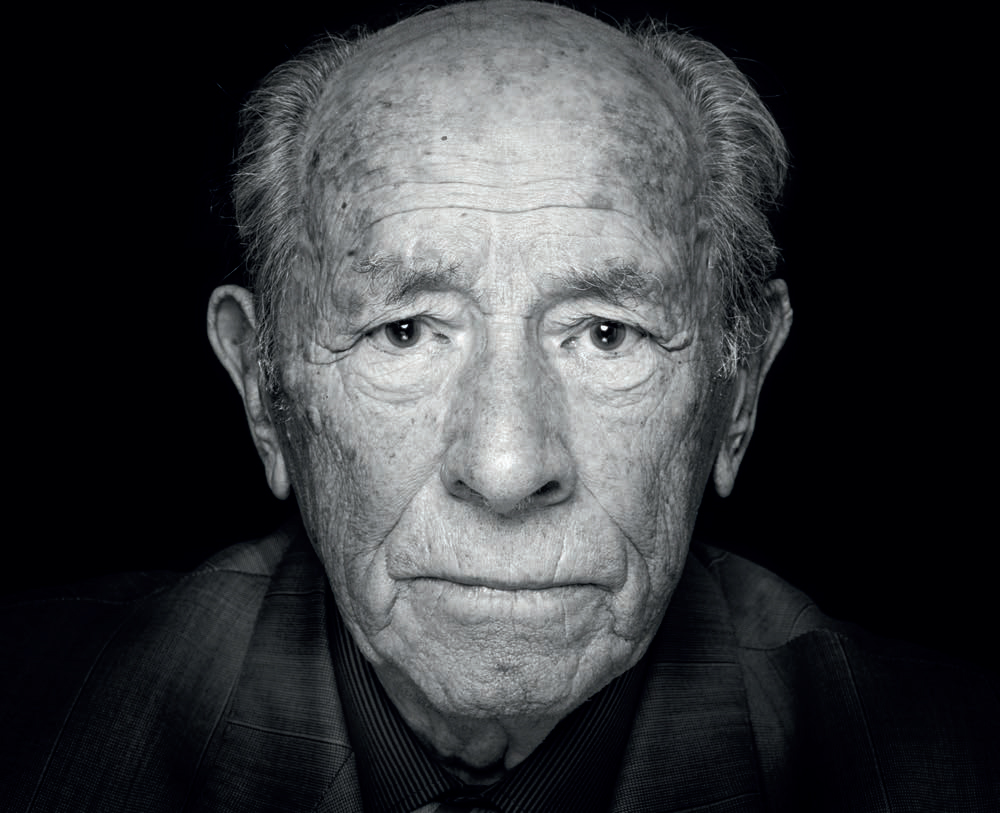
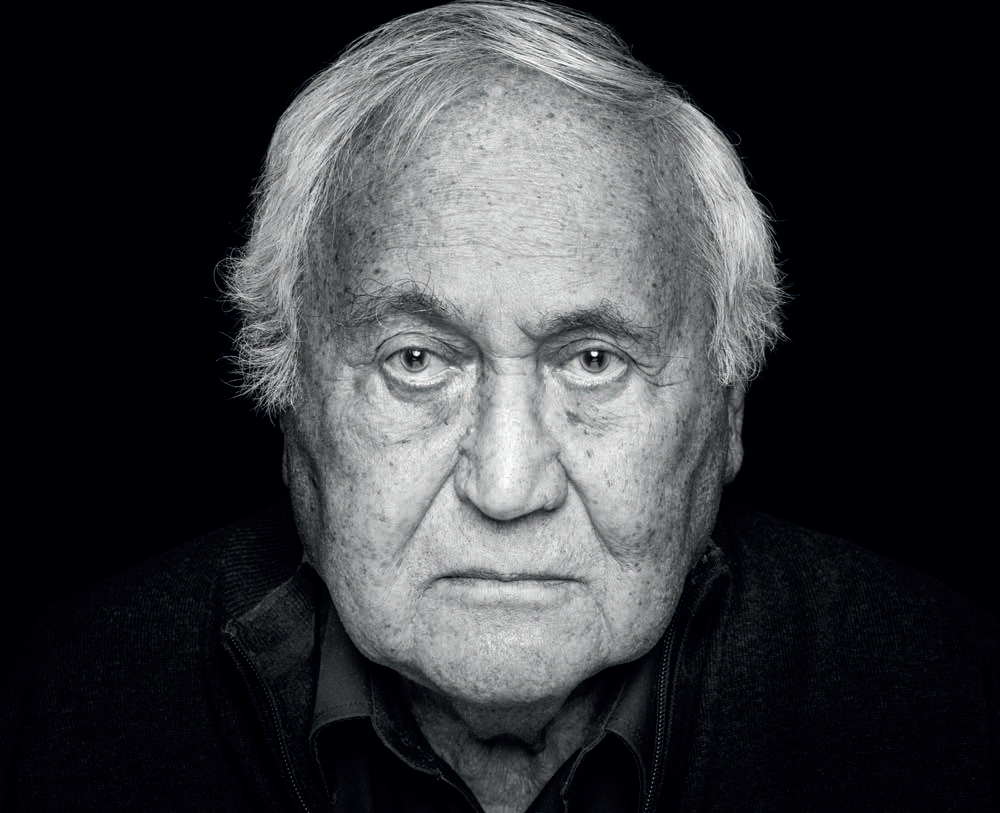
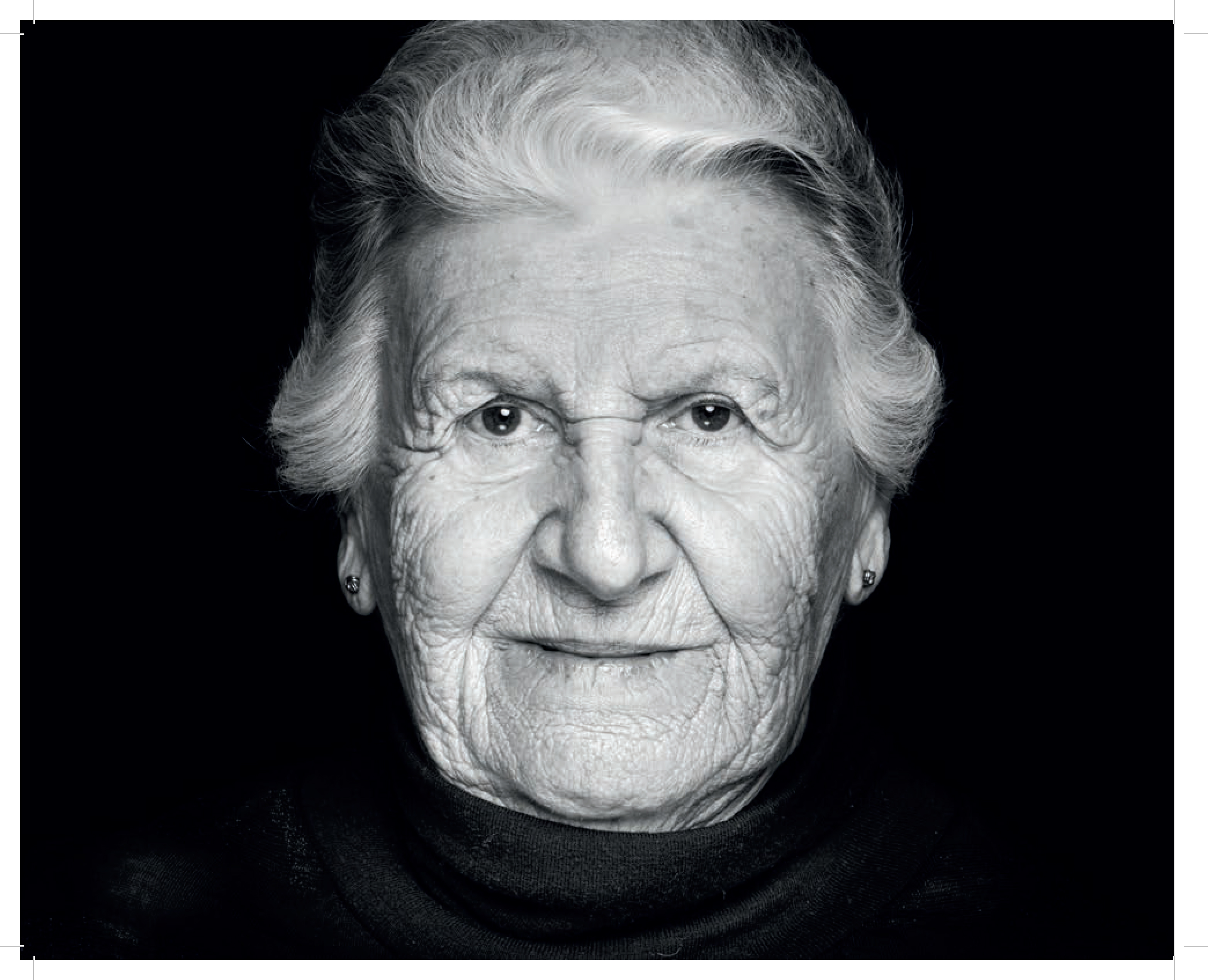
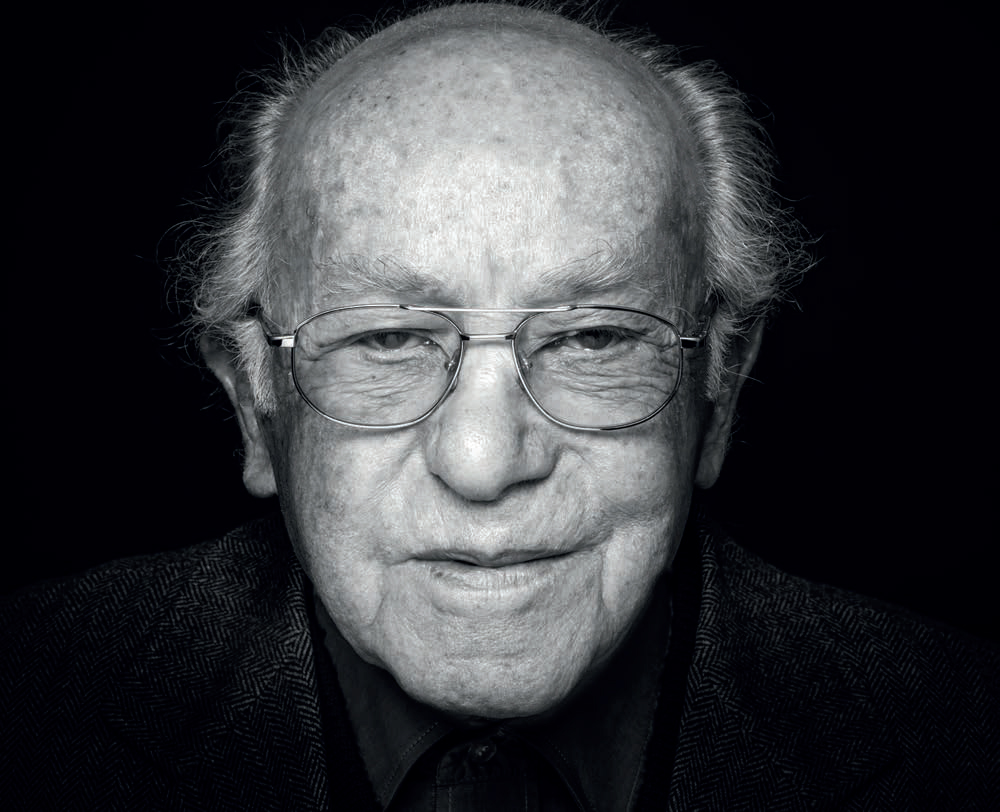




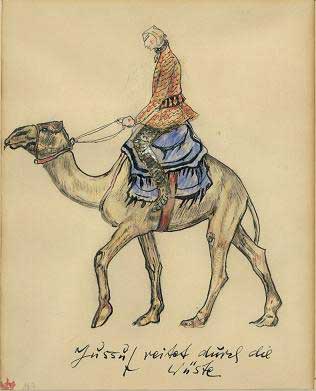



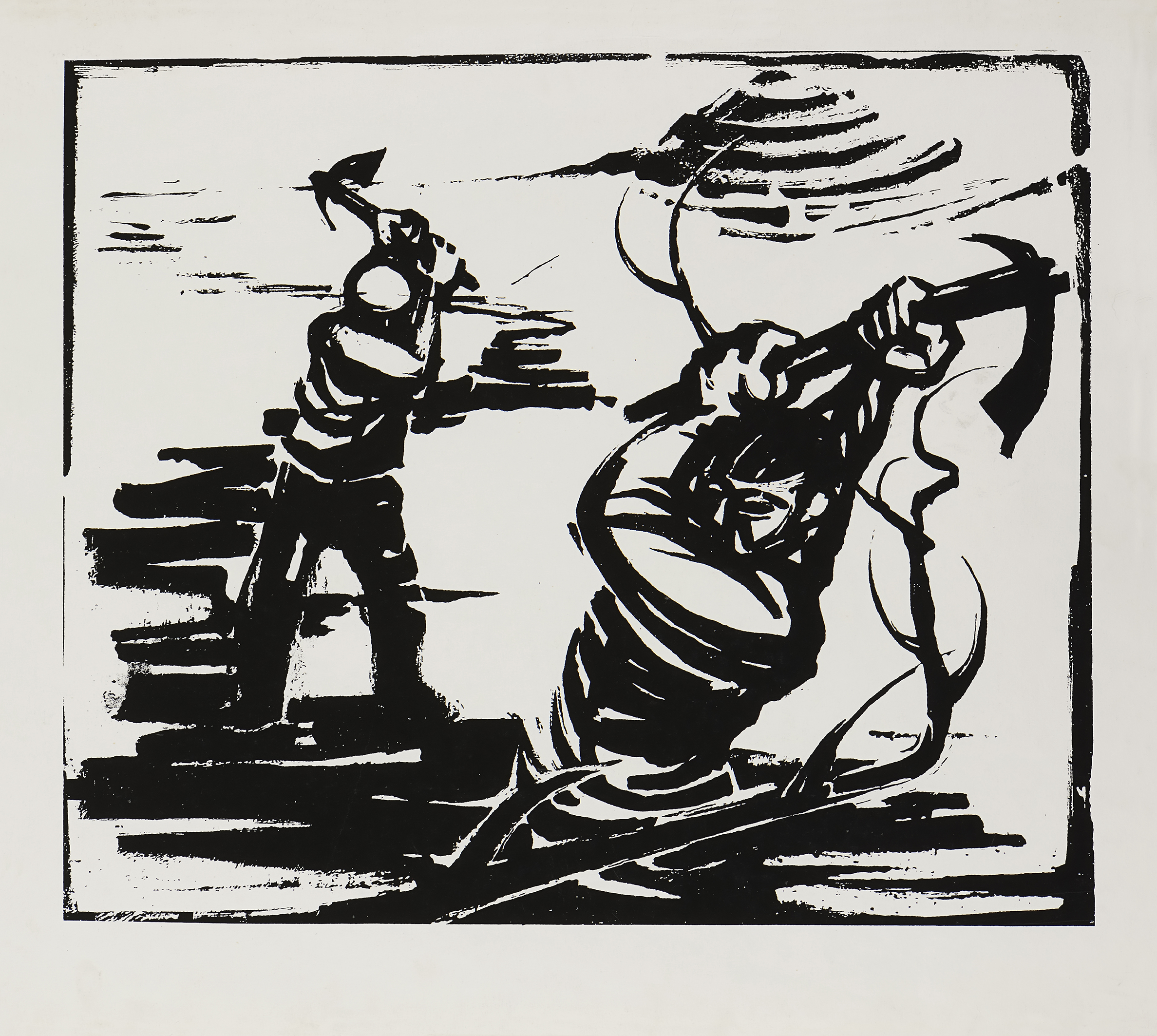 In the 1950s, Gershon Knispel sought to focus on the instances where personal experience encountered collective experience. This perspective has characterized his art and the mediums that he has chosen to use throughout the years. Knispel is an artist dedicated to idea and to action. His art strives to present a moral viewpoint while stripping away the façade of clichés in order to focus on society and the individual who must endure the consequences of collective processes.
In the 1950s, Gershon Knispel sought to focus on the instances where personal experience encountered collective experience. This perspective has characterized his art and the mediums that he has chosen to use throughout the years. Knispel is an artist dedicated to idea and to action. His art strives to present a moral viewpoint while stripping away the façade of clichés in order to focus on society and the individual who must endure the consequences of collective processes.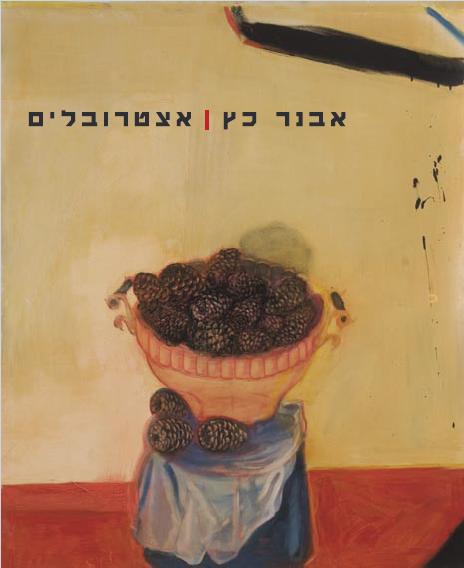 The Israeli artist Avner Katz grew up in kibbutz Ramat Rachel. Years later, he was first introduced to the art world at the Bezalel School of Arts and Crafts in Jerusalem. From here, Katz went on to serve as a graphic artist in the IDF before becoming a widely successful illustrator and artist. He is known for his paintings, illustrations, and sculptures, many of which have been published in children's books or displayed at various exhibitions throughout Israel.
The Israeli artist Avner Katz grew up in kibbutz Ramat Rachel. Years later, he was first introduced to the art world at the Bezalel School of Arts and Crafts in Jerusalem. From here, Katz went on to serve as a graphic artist in the IDF before becoming a widely successful illustrator and artist. He is known for his paintings, illustrations, and sculptures, many of which have been published in children's books or displayed at various exhibitions throughout Israel. 





